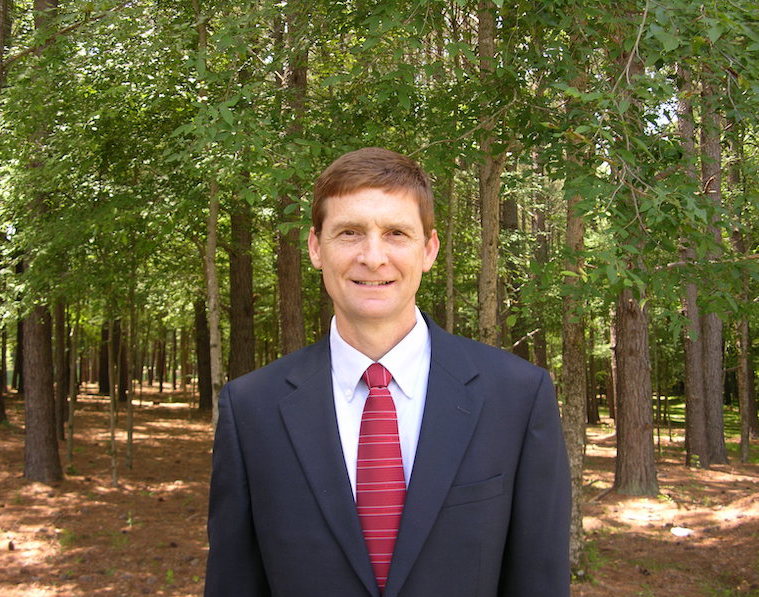Q: We have an open position for an early career turfgrass manager, but we are having a difficult time getting applicants. The successful applicant will start as crewmember and move around several facilities, but will quickly move into a supervisor role and be responsible for several fields at one location. What is the “health” of your university’s turfgrass program? Any suggestions for those of us looking for future employees?
A: Although this column normally deals with agronomic problems, in the last couple of years, labor issues seem to be the most talked-about problem when turfgrass managers get together. Like other service industries, the turfgrass industry has really struggled with hiring new employees. It is a classic situation of large demand with a small supply. To make matters worse, in some markets there has been an increased amount of employee poaching within the industry. Experienced workers have found that they can easily move among the sports field management, golf course management, and landscape maintenance industries as a way to improve their working environment or financial situation.
From the supply side, our recent university graduates have found themselves in a very hot market. Some of our most experienced students are getting 10 to 20 job offers before they graduate. This level of demand is one reason the numbers of applicants for entry-level positions are so much lower than a few years ago. A well-known golf course superintendent at a very high-end golf course recently told me that early in his career he would receive hundreds of resumes for an open assistant position, but today feels lucky to receive 10.
New graduates can be much more selective in where they want to work. Some geographic locations are in much greater demand than others. The smaller markets often have a harder time attracting experienced candidates. In some cases, starting salary and benefits package in relation to the cost of living may also factor into the equation.
Your question specifically related to university student numbers is also related to the scarcity of applicants. Most universities with turfgrass programs experienced declines in turfgrass students that started 12 to 15 years ago. I have heard colleagues at other universities mention that enrollment in their turfgrass major is 50 to 80 percent lower than their enrollment peak. With low student numbers, several universities and community colleges eliminated their turfgrass program. Others were able to deal with reduced numbers by lumping their turfgrass students in with other plant science majors.
But I do not want to paint a hopeless picture for you. Some universities have experienced an uptick in enrollment in their turfgrass program. For example, at NC State, we have had increases in each of the last three fall semesters for incoming turfgrass students in our 2- and 4-year programs. Some community colleges have started new 2-year turfgrass programs, and others are testing the waters with non-degree certificate programs. Many of these programs have online components, which can make it easier for students who work full time to receive training on a more flexible schedule. The pandemic showed schools the importance of delivery flexibility to retain their current students. These lessons are now being applied to deliver education and training to our students and across our industry.
I will end this article by encouraging you all to play a part in fostering a love of our profession. Introduce your profession within your local schools and sporting groups whenever you get a chance. We have a lot of youths out there who are not aware that sports field management can be a profession. Many of these youths have a love of sports, so turfgrass management is a way for them to stay connected to their game. These youths are the future of our great industry.
Grady Miller, Ph.D.
Professor and Extension Turf Specialist
North Carolina State University
Questions?
Send them to Grady Miller at North Carolina State University, Box 7620, Raleigh, NC 27695-7620, or e-mail grady_miller@ncsu.edu
Or send your question to Pamela Sherratt at 202 Kottman Hall, 2001 Coffey Road, Columbus, OH 43210 or sherratt.1@osu.edu


